Running a D&D game off the cuff – it can be easy

Does this Dungeon Master/wizard look panicked?
So you’re the Dungeon Master. There’s a game of Dungeons & Dragons in an hour or two. Unfortunately you’ve been busy all week and have not had time to prepare.
Don’t panic.
You can still run your game and look good doing it. It’s easy. Just follow the advice below.
First off, you need to take into account the relative strength of the party of characters with which you will be dealing. You don’t want the session to be too difficult, but you also don’t want it to be a walk in the park.
Next, you’re going to need a pen and paper. Hopefully you usually have those around when you’re planning to be the DM. Now, think of a monster, something simple, something basic, something with which you’re familiar. Orcs. Yeah, orcs will do. Everybody loves bashing on orcs.

Several Dungeons & Dragons miniature figures. The grid mat underneath uses one-inch squares. (Photo credit: Wikipedia)
Wait, you don’t have your Monster Manual handy? Don’t freak out. Orcs. Hmm, okay, orcs are pretty tough but not too tough, so … write down an Armor Class of 13. Yes, you’re making this up, guessing at it. Don’t worry. It doesn’t matter that much. Next up, put down +4 for the orcs to hit in combat (unless you know the characters are pretty tough themselves, in which case you can up that attack bonus to +5 or +6 or whatever … these don’t have to be standard, run-of-the mill orcs). For damage, put down a d10+2 (or +3 or +4 … again, depending upon the party strength). What is that d10? Well, that’s the damage for the battle axes the orcs are using. Why battle axes? Well, why not? You say the Player’s Handbook reads that battle axes do different damage? Don’t worry about it. Again, it’s not that important, at least not in the long run. Now for hit points. If these are average orcs, I’ll suggest giving them 15 hit points each, enough to pose a challenge because they usually won’t go down after only one hit, but you can give them more hit points if you think the party can handle it.
Keep in mind, you’re mainly trying to get through the session while ensuring everyone has a fun time.

An orc with a battle axe. See how easy it can be?
Okay, how many orcs should you have? Again, it depends upon party strength. I’d suggest including about one orc per party member, plus have a boss. The boss can be as simple as an orc chieftain or captain or whatever. Give the orc boss extra armor, maybe an AC 18, and a couple of more pluses to hit and maybe another point or two of damage. Give him at least a dozen more hit points than your average orc, but twenty extra HP might even be better.
Now you’ve got your bad guys. You’ve got to come up with a mission for the party, a reason for them to go off on an adventure.
Keep it simple. This isn’t the time for long quests or overly complex plot lines. You’ve not had time to think of all that. Maybe the orcs have kidnapped someone who has to be saved. Or maybe the orcs are terrorizing a village and must be stopped. Maybe the orcs are just bandits who lay in ambush for the party. Again, simple, easy.
With a basic plot and some basic bad guys, you’re ready to go, right?
Well, yes and no. You’ve got your story ready for the players, but there are a few things you need to keep in mind.

Sometimes the Dungeon Master just has to jump into the deep waters.
For instance, you have to be ready to go with the flow. The players might take the adventure off into unexpected territory, so you should be mentally prepared to make up non-player characters on the fly. It helps here if you have some improvisational experience and are a quick thinker, but even if you don’t, just remember the party’s strengths and goals. Early on in a session you don’t want to make things too easy for the party, but you also don’t want to keep them baffled or frustrated. It will be best to have some complications and roadblocks, but eventually the party should be able to press ahead with the adventure, eventually coming to a conclusion, in this case probably a fight with the orcs and their boss. If you need other bad guys early in the session, just use your stats for the orcs but perhaps apply them to humans or dwarfs so the party isn’t facing the same villains all session long.
Don’t over think anything. If you make up an NPC with a stupid name, don’t worry about it. The players will probably have a chuckle at it. Besides, the NPC doesn’t ever have to show up again. Then again, if the NPC turns out to be fun for everyone, they might become a staple at your gaming table. If you need a bad guy suddenly, just use the orc stats, but describe the bad guy differently, maybe with a longsword instead of a battle axe.
If the adventure suddenly turns into a bloodbath for the party, there are ways to deal with this. If the orcs have been hit hard, maybe they will retreat. Or if it doesn’t seem completely cheesy and out of the blue, you can have someone else come in and save the party, though this should be used sparingly and should make some kind of sense; with a bit of foreshadowing, the party will know there is someone around who might be of aid. and this can keep the story from seeming as forced.
If things look particularly bad and you don’t have a problem doing it, you can always fudge some of your dice rolls and have the bad guys miss a number of attacks. Some dungeon masters don’t have a problem doing this while others abhor it, but either way, do you really want to kill off party members for what is basically a filler adventure?
Another thing to remember is that you do not want to run every session in this fashion. For that matter, you don’t want to run a lot of sessions in this fashion. The same old villains and their statistics will soon become no challenge for the players, which leads to boredom. You’ll get bored as well. Simple sessions are fine from time to time, but more complex stories and obstacles are needed to really keep interest high for your adventures.
Also, don’t feel bad if you’re improv skills aren’t all that great, or if you find it painful to have to think quickly on the fly. My suggestions aren’t for everyone. Every player and every dungeon master is different, and not everyone fits into a mold.
Most importantly, fake it until you make it. To repeat, don’t over think anything. Even if it leads to a mediocre gaming session, that’s better than no gaming session at all, and if your players are familiar with your style as a DM, they’ll be back next week or whenever. You don’t have to be perfect as a DM, you just have to be fair to the players and try to build up some fun.
Stay Nerdy!







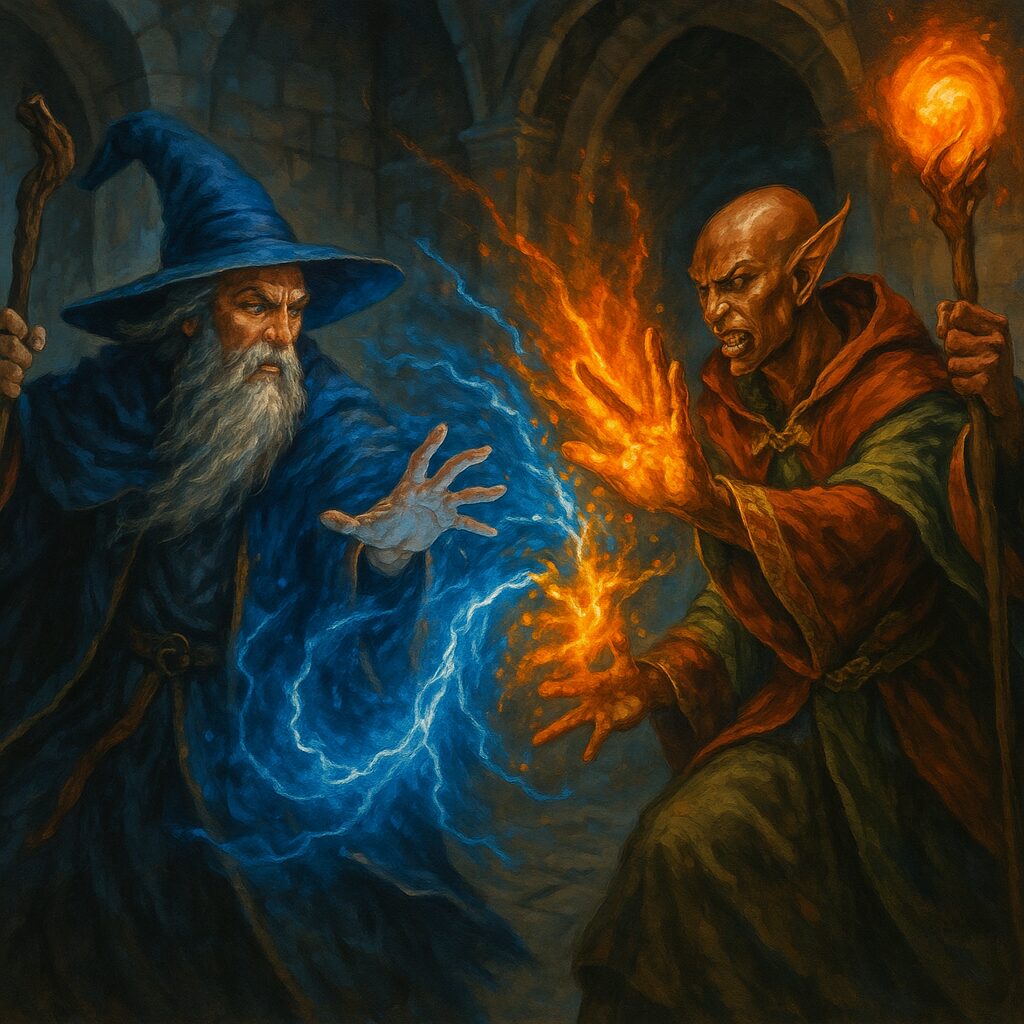
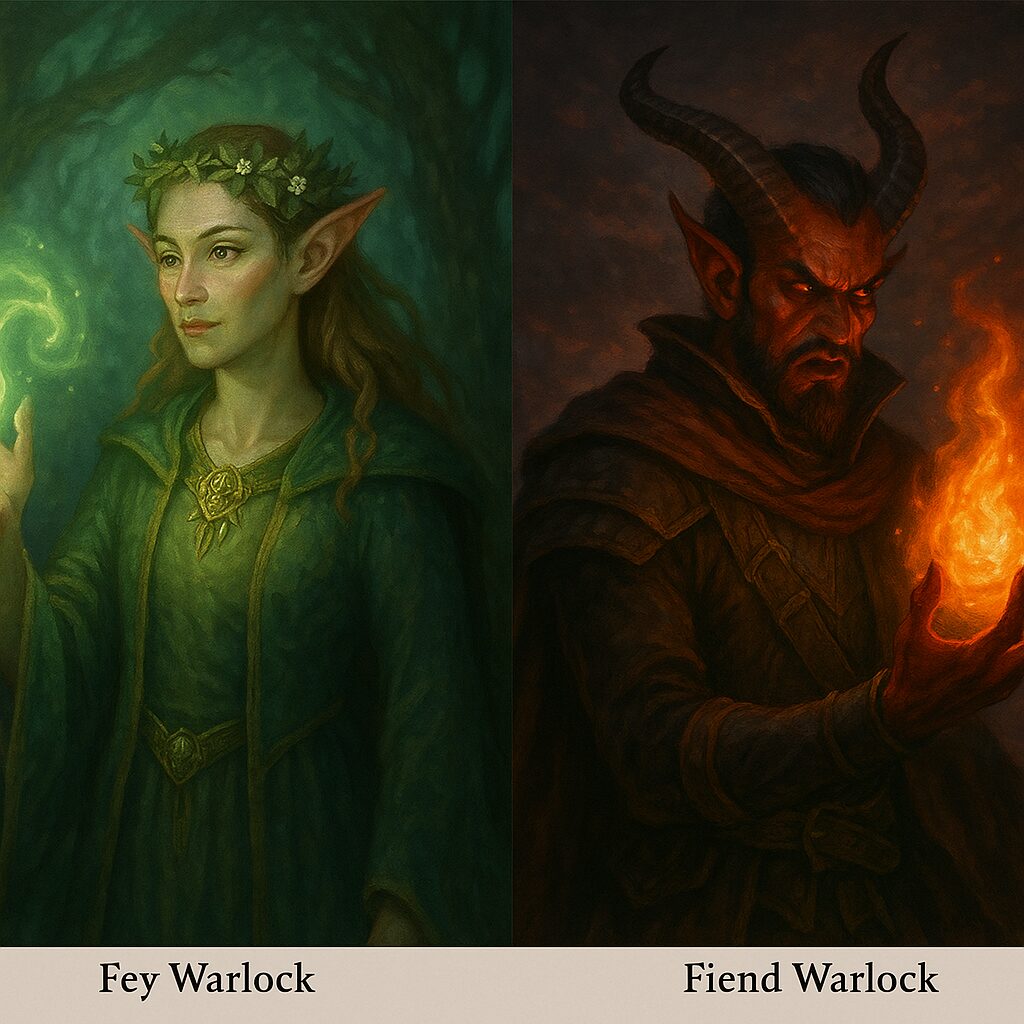
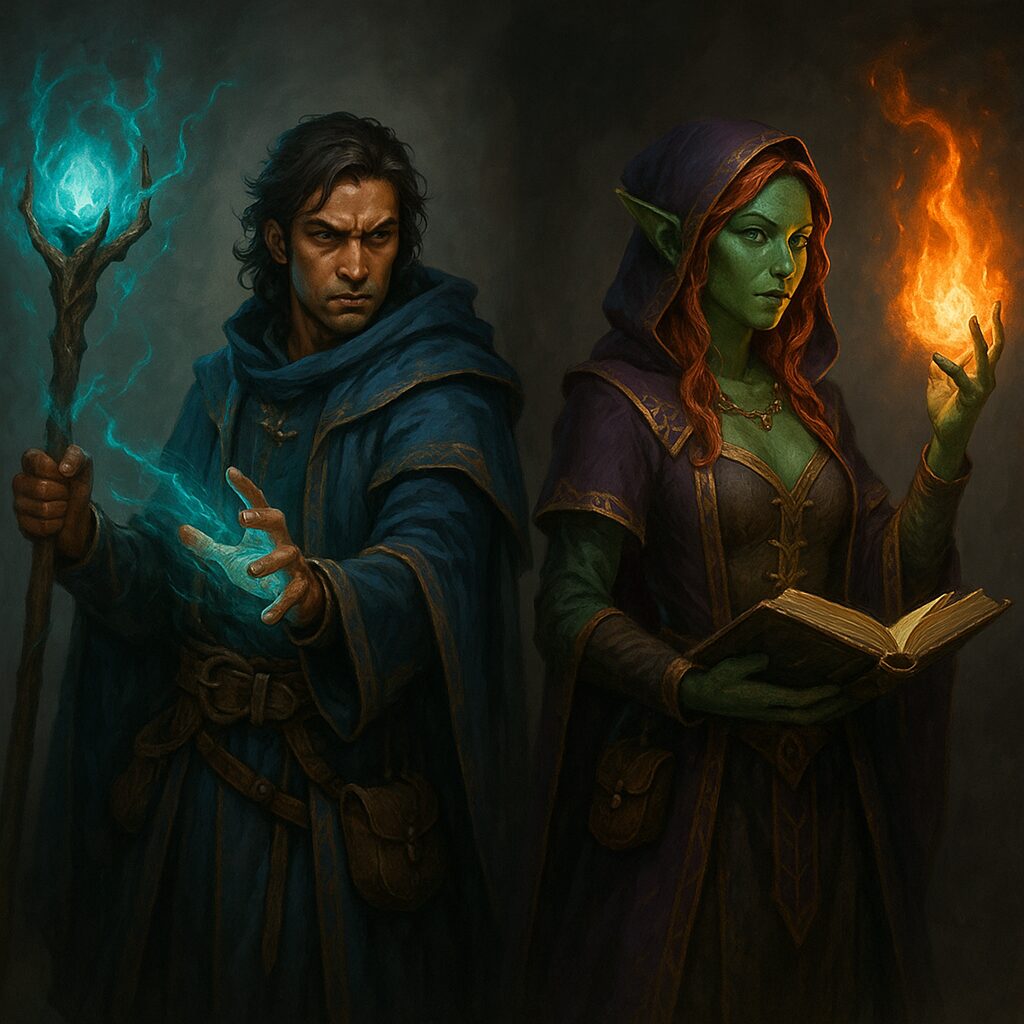
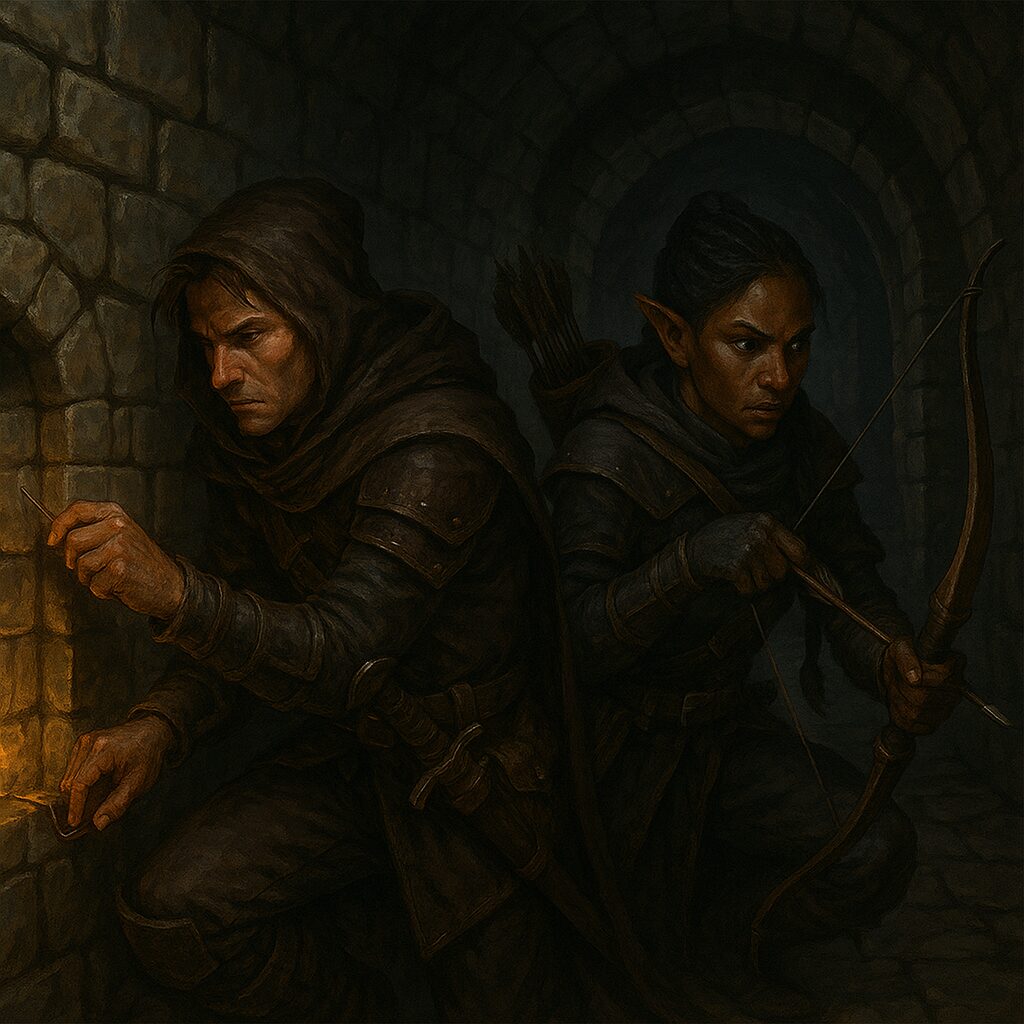
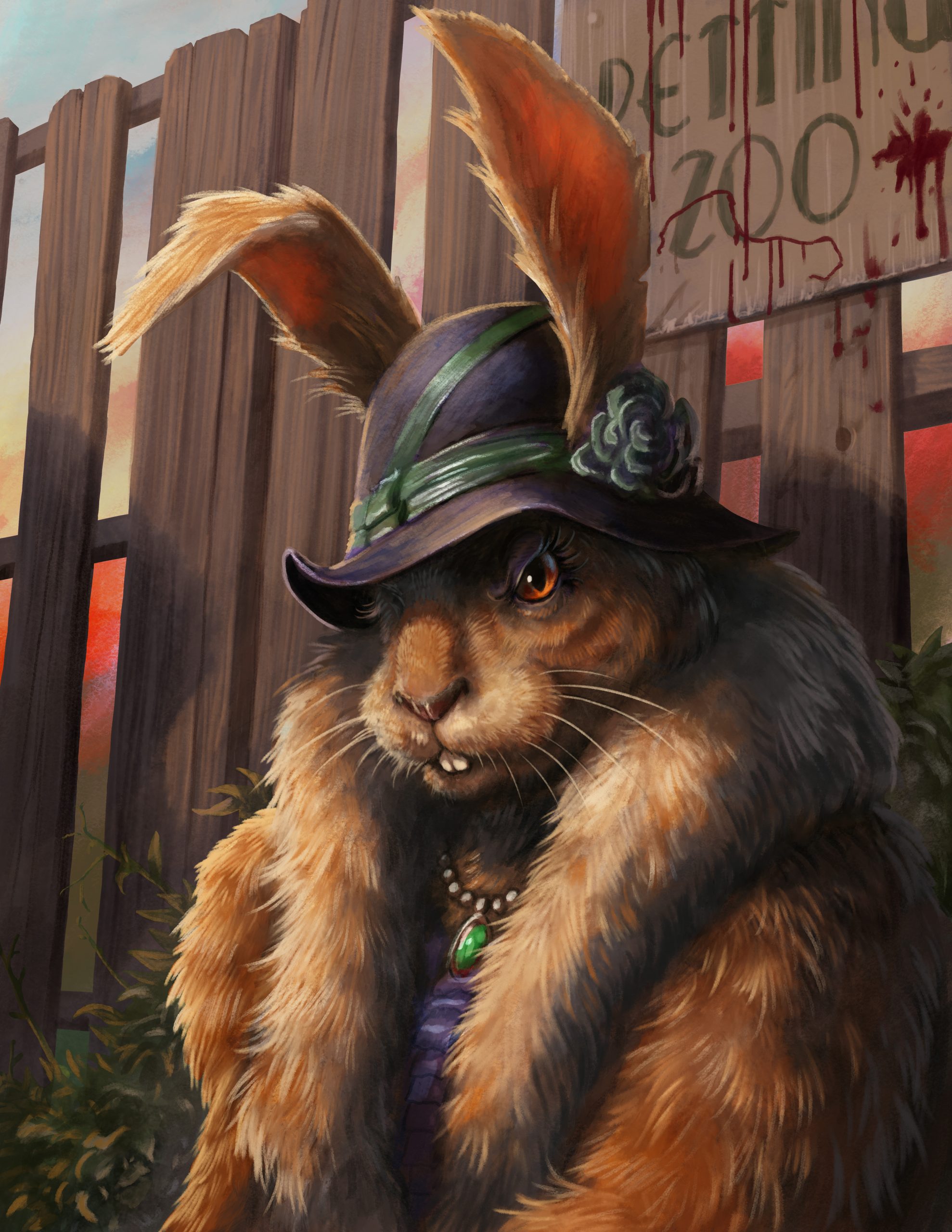
Alan Whipple
July 8, 2016 at 12:49 pmWow, that was pointless…
Jesse Brungard
July 11, 2016 at 7:00 pmNot pointless at all. I've been running games this way for over 20 years and have never had a single player complain. I have never once used a module or pre-written adventure, nor have I spent more time than it takes to set up random encounter tables and jot down a very brief outline for the story arc that I'm trying to do. Everything else I just make up as I go along. You don't need to write an adventure that details every last step that the party will make. All you need to do is set the stage and see where the players will take the story (especially since PC's never take the story where you want it to go anyway) and doing it this way, you can move the major plot points to wherever the players are at the time instead of trying to guide them to the exact location that you want them to be.
MarkyD
July 30, 2018 at 6:30 amI guess there are pros and cons to this approach. I can see it’s use as a filler session when a dm has had insufficient prep time but as the default? Must say that doesn’t appeal to me. I guess my games tend to be over-prepped though, with complex storylines within grander storylines. Plots within plots – a “make it up on the spot” approach would have me tripping myself up and destroying the validity of the sequence of events that drive the over arching story. No doubt the downside to my dm style is it can’t be as sandbox as your own – so yeah pros and cons 🙂
Doug Vehovec
July 30, 2018 at 12:38 pmThere’s lots of different DM and playstyles out there, that’s for certain. As long as you are enjoying yourself as DM with your approach and players keep coming to the table to play, you’re doing it right 🙂
Alan Whipple
July 12, 2016 at 8:06 amJesse Brungard Wow, your reply was pointless too.